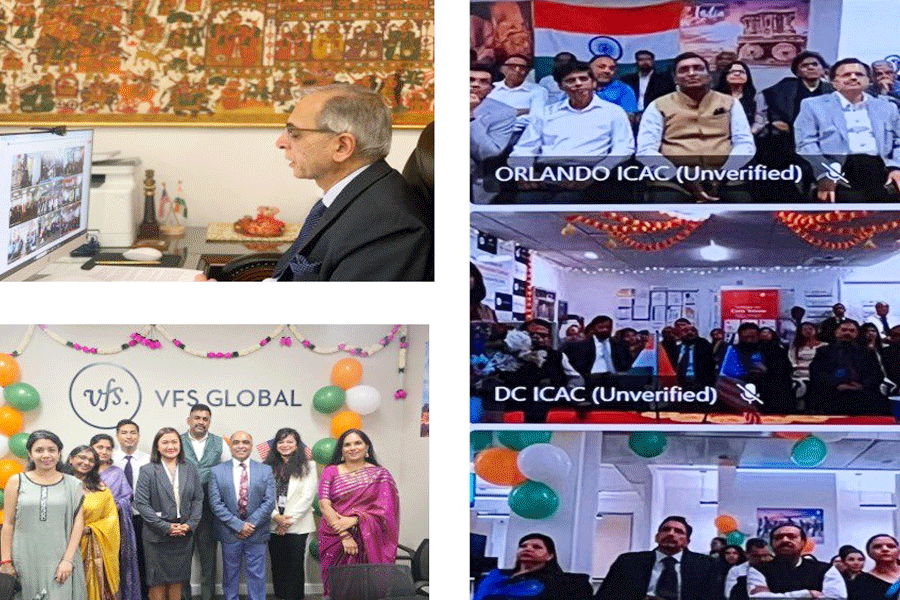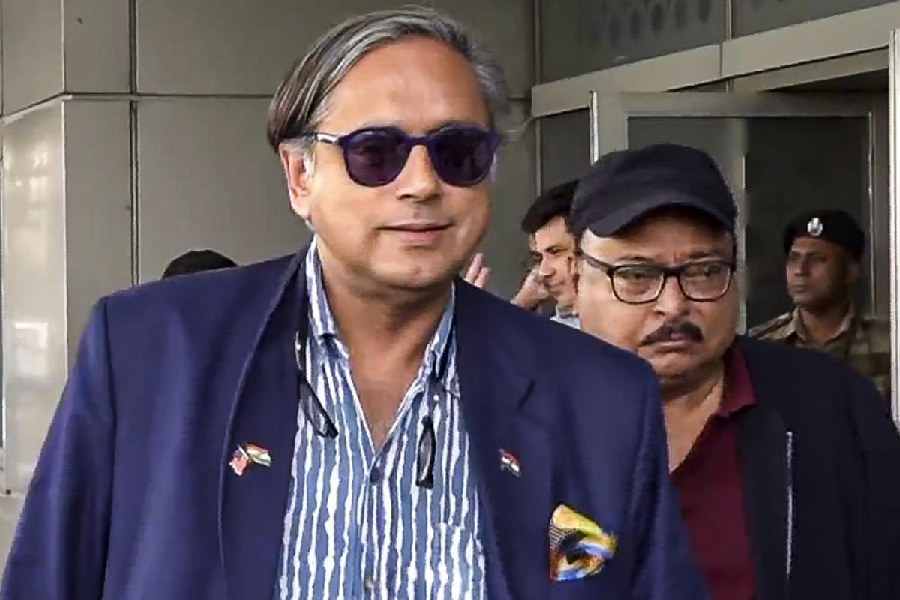 |
| Liz Hurley |
 |
| Maeve O’Higgins |
 |
| Arun Nayar |
London, Dec. 15: A senior divorce lawyer told The Telegraph today that Arun Nayar could make a claim for a financial settlement against his wife Elizabeth Hurley if he considers himself to be economically “the weaker partner” in the marriage.
The qualified and restrained comments from Maeve ’Higgins, head of the family department at city legal firm Silverman Sherliker, contrast with the conflicting media reports on the outcome of a possible divorce settlement between Nayar and Hurley.
He is said to be feeling “angry and humiliated” following the News of the World’s lurid account of his wife’s two-night fling with the Australian cricketer Shane Warne at the Bentley Hotel in South Kensington.
’Higgins said in reaching a settlement in any possible divorce, the court would take into account “all the circumstances”.
Her team “deals with a diverse range of divorce cases from simple, amicable settlements through to the more complex cases and those involving high value assets often with an international aspect”.
She emphasised that on financial issues, English family law is now “gender neutral” —in other words, the husband is just as entitled to make a claim for a proportion of the wife’s assets as the other way round.
And in reaching a financial settlement, the question of whether the wife or husband had been involved in an extramarital affair is considered irrelevant. The interests of children, if any, are paramount. Hurley has a son, Damian, now eight, from a previous brief relationship with an American, Steve Bing.
Three years — Hurley and Nayar married in 2007 — “is really not very long” for a marriage, ’Higgins said, though she added she was making general observations without detailed knowledge of the particular circumstances of Hurley and Nayar.
Hurley met Nayar in 2002 on the ski slopes of St Moritz when he was married to his first wife, Valentina Pedroni, an Italian model. Hurley and Nayar became a couple shortly afterwards but it is not known when they began to co-habit.
If it was from 2002, an eight-year relationship would be considered “medium term”.
It has been reported that Hurley and Nayar did not sign a “pre-nup agreement”. If Nayar was able to swallow his pride as a Punjabi (his father Vinod is Punjabi, his mother Gunnar a German) and demand money, he still could not expect to walk away with 50 per cent of his wife’s assets which is generally assumed to be greater than his.
According to ’Higgins, there is no predetermined formula on a division of the assets since each divorce is different. Hurley, who has a 400-acre organic farm in Gloucestershire and an expensive town house in London, could argue she had accumulated her assets without any contribution from Nayar.
If they wanted to file for a divorce now, they could, citing either “adultery” or “unreasonable behaviour”.
English law, in this respect, is over 30 years old, “very old fashioned” and is “conduct based”. But an undefended divorce could go through in “four to six months”.
In the opinion of ’Higgins, a divorce after a two-year separation can be much more “civilised”. Divorce is always on the grounds that a marriage has broken down “irretrievably”.
If the court was required to make a judgment on the distribution of assets, the settlement would be based substantially on “Section 25 of the Matrimonial Causes Act 1973”.
According to the act, “the court shall in particular have regard to the following matters — the income, earning capacity, property and other financial resources which each of the parties to the marriage has or is likely to have in the foreseeable future, including in the case of earning capacity any increase in that capacity which it would, in the opinion of the court be reasonable to expect a party to the marriage to take steps to acquire”.
Also taken into account are “the financial needs, obligations and responsibilities which each of the parties to the marriage has or is likely to have in the foreseeable future; the standard of living enjoyed by the family before the breakdown of the marriage; the age of each party to the marriage and the duration of the marriage”.
How would this apply in the case of Nayar vs Hurley?
Both sides would be required to provide “full financial disclosure” of their assets. Nayar could argue his resources had been depleted because of the reported £625,000 settlement reached with his first wife, Pedroni.
His business in Mumbai — his father’s textile interests which he stands to inherit —and his own software and IT firm could also be thrown into the mix. Hurley apparently earned £2m from the exclusive picture deal with Hello! magazine.
Hurley, who is now providing a running commentary on Twitter, where she first announced the end of her marriage, tweeted yesterday: “Painful, sad days. Arun & I separated for private reasons but FTR (for the record) he has been a great father to our son Damian & will always be in his life.”What these private reasons are have so far not been disclosed. However, common sense could suggest that if Nayar wishes to remain a father figure to Damian — he has been the only father the boy has known — he will not seek to cripple Hurley financially, whatever his personal feelings about her public dalliance with Warne.










